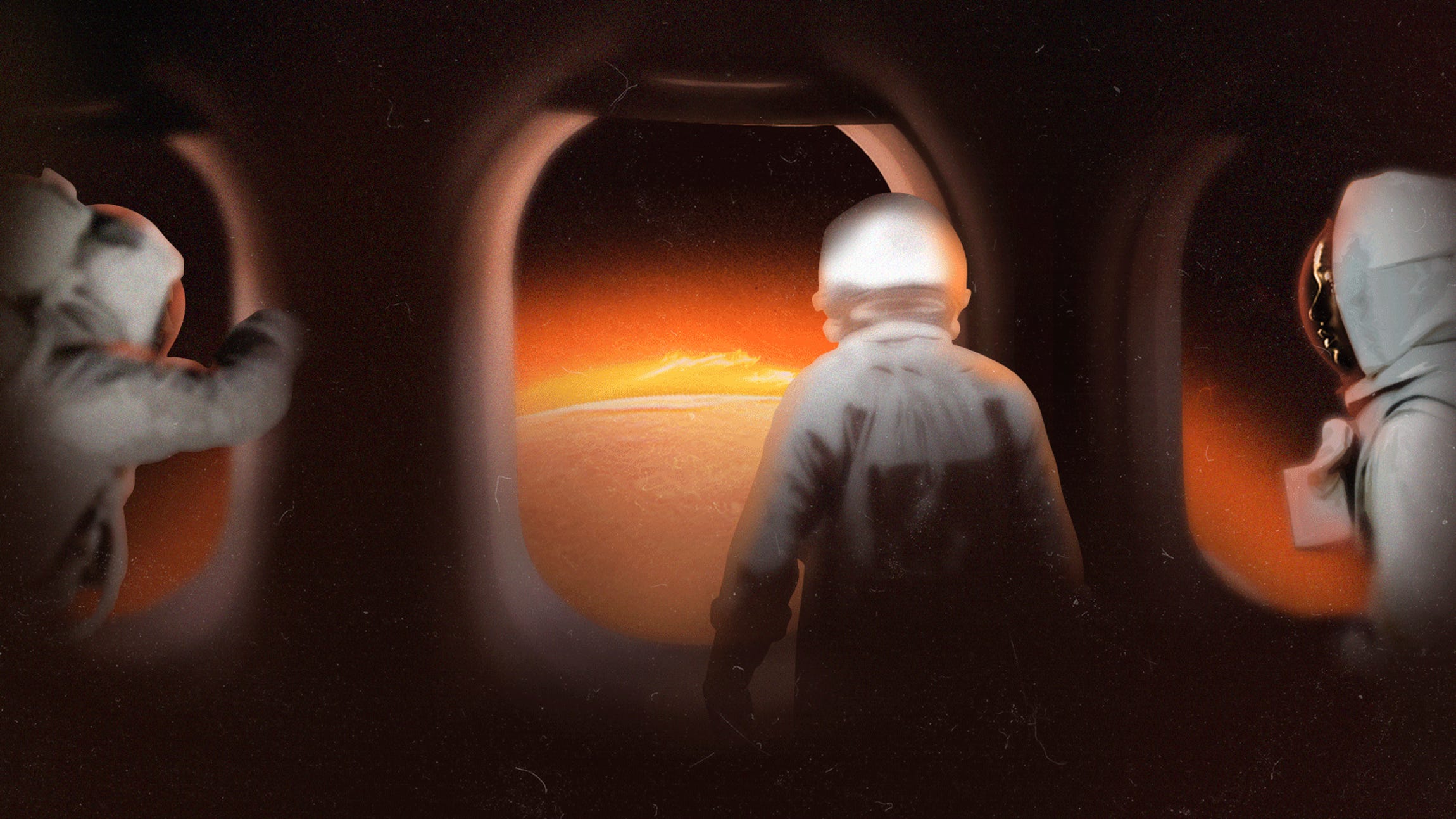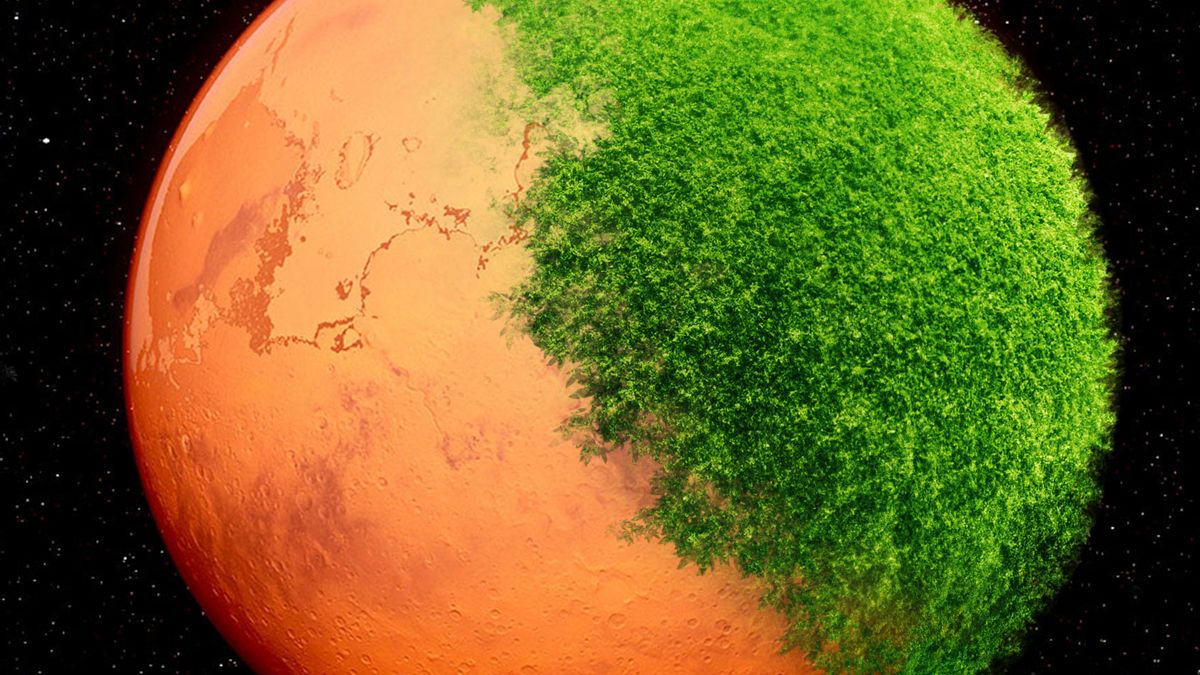New York: People have been attempting to unravel the mysteries of Mars, often known as the Pink Planet, for many years. In the meantime, in line with a brand new analysis, lots of of basketball-sized area rocks collide with Mars yearly. These create giant craters on the floor of Mars. NASA mission planners can use knowledge from a defunct mission to find out the place to land astronaut crews on Mars together with future robotic missions. It is named NASA’s InSight. The InSight mission was declared over in December 2022 when the mission’s lander couldn’t clear the buildup of Martian mud on its photo voltaic panels. Nonetheless, this mission has given a lot knowledge, which continues to be being researched.


A whole lot of earthquakes measured on Mars
The InSight mission’s lander carried the primary seismometer (earthquake measuring instrument) to Mars. This delicate instrument was capable of detect seismic waves originating 1000’s of miles away from InSight’s location in Elysium Planitia, a clean plain simply north of the planet’s equator. Throughout its time on Mars, InSight used its seismometer to detect greater than 1,300 earthquakes, which happen when stress and warmth trigger the Martian floor to crack. However InSight additionally captured proof of meteorites hitting Mars.
Why are area rocks falling on Mars?
Meteoroids are area rocks which have damaged off from bigger rocky our bodies. In response to NASA, these our bodies vary in measurement from mud particles to small asteroids. This physique, referred to as a meteoroid whereas in area, turns into a meteor when it passes by way of the ambiance of Earth or one other planet. Scientists have questioned why extra impacts haven’t been discovered on Mars, for the reason that planet is situated subsequent to our photo voltaic system’s important asteroid belt, the place many area rocks got down to hit the Martian floor. The Martian ambiance is just one% the thickness of Earth’s ambiance, that means extra meteoroids move by way of it with out disintegrating.

Discovery of recent craters
Since 2021, researchers have delved into InSight’s knowledge and located that area rocks bombard Mars way more ceaselessly than beforehand thought, two to 10 occasions extra ceaselessly than earlier estimates. That is in line with a brand new examine printed Friday within the journal Science Advances. “It’s attainable that Mars is extra geologically energetic than we thought, which has implications for the age and evolution of the planet’s floor,” Ingrid Dabbur, affiliate professor of Earth, environmental and planetary sciences at Brown College and lead writer of the examine, mentioned in an announcement.

A whole lot of area rocks fall yearly
A fellow paper printed Friday within the journal Nature Communications additionally explored seismic occasions recorded by InSight to find out that basketball-sized meteors fall to Mars nearly on daily basis. In response to the examine, 280 to 360 meteors hit the Pink Planet annually and so they create influence craters bigger than 26 toes (8 meters) throughout. Giant craters spanning as much as 98 toes (30 meters) fashioned about as soon as a month, the examine authors mentioned. “This fee was about 5 occasions greater than the quantity estimated from orbital imagery alone,” co-study writer Dr. Geraldine Zenhausern, a professor of seismology and geodynamics at ETH Zurich in Switzerland, mentioned in an announcement.




